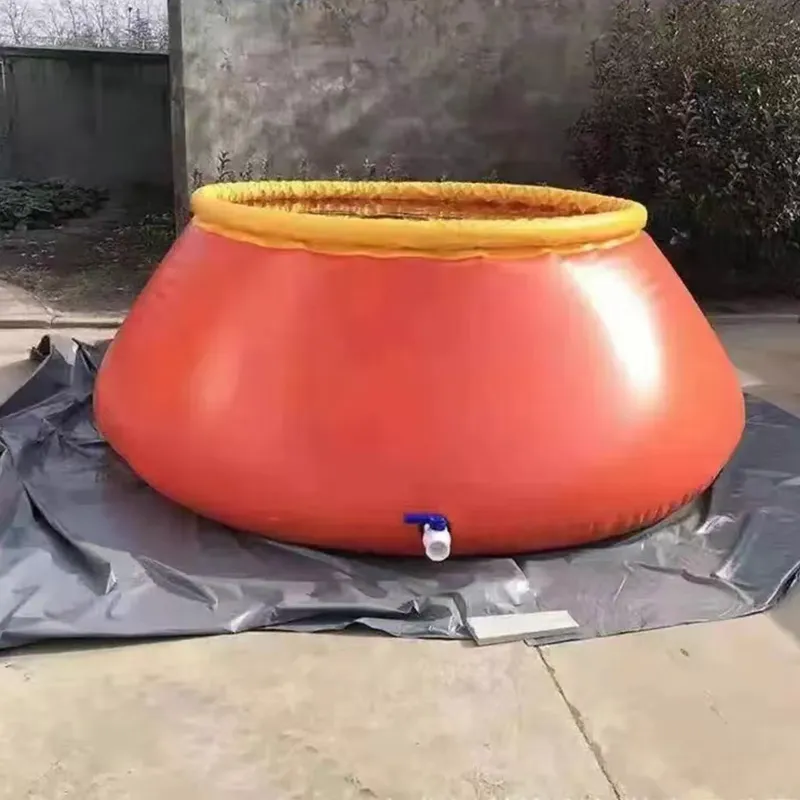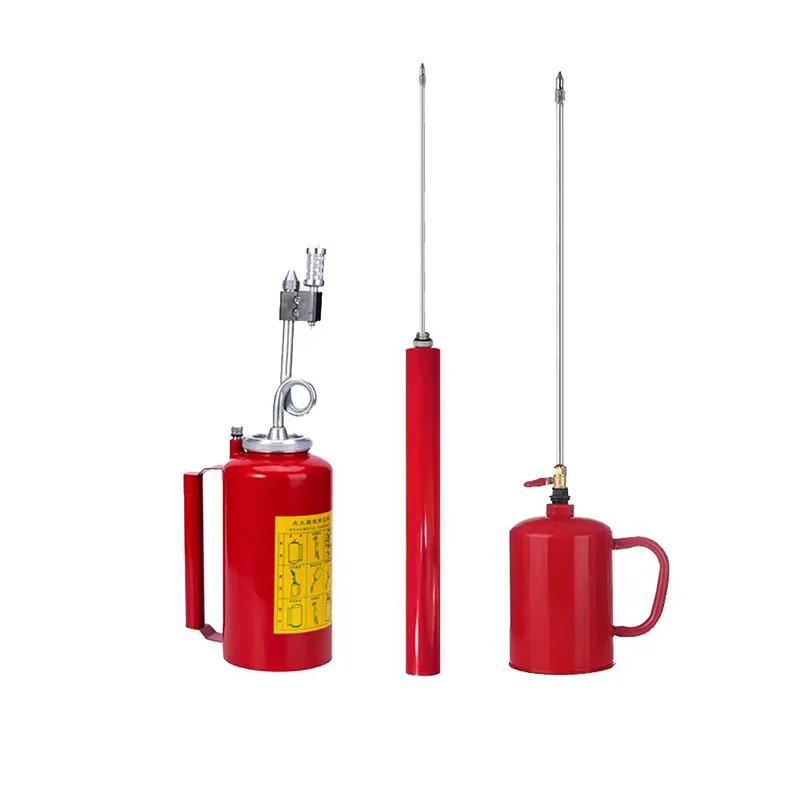

The sustainability aspect of water mist fire suppression systems cannot be overstated. Traditional suppression methods often demand large quantities of water, which can strain local resources and result in significant ecological impacts. In stark contrast, water mist systems use significantly less water, contributing to efficient resource usage and lessening the environmental footprint. This aspect has become particularly vital in regions where water scarcity is a pressing issue, making water mist systems not only technologically advanced but also environmentally responsible. Furthermore, the expertise embedded in the development of these systems speaks volumes about their reliability and effectiveness. Manufacturers of water mist systems conduct rigorous testing and employ cutting-edge technologies to ensure each system performs optimally under various conditions. This commitment to excellence ensures that users can depend on the system's performance in critical situations, reinforcing its reputation as a trustworthy solution. In testimonials, users often express high levels of satisfaction, praising the systems for their effectiveness and reduced downtime following fire incidents. This feedback from diverse industries underlines the adaptability and efficiency of water mist fire suppression technology, establishing it as a leader in the field of fire prevention. In summary, the adoption of water mist fire suppression systems is growing due to their multifaceted advantages, including targeted fire control, minimal environmental impact, and compliance with safety standards. These systems embody a blend of innovative design and practical application, making them a preferred choice for industries worldwide. As awareness of their benefits continues to spread, water mist systems are set to define the future landscape of fire suppression technology.





























